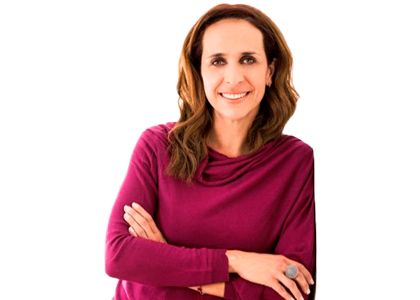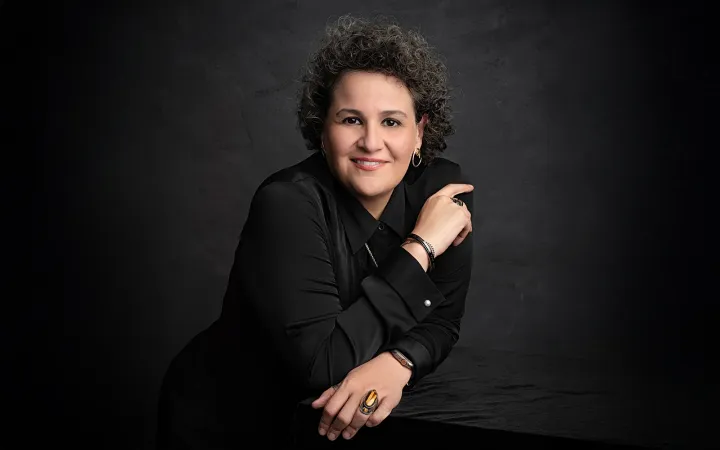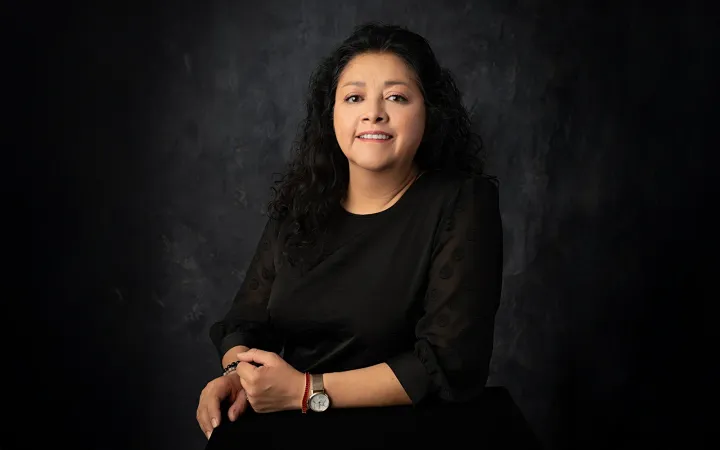
Por Graciela Rojas, Fundadora y Presidenta del Movimiento STEM.

La asignación presupuestaria es uno de los procesos fundamentales para el funcionamiento del Estado, refleja el conjunto de obligaciones, compromisos y propósitos de un gobierno. En México se le denomina Presupuesto de Egresos de la Federación y es elaborado por el Ejecutivo Federal a través de la Secretaría de Hacienda y Crédito Público. En él se describen la cantidad, la forma de distribución y el destino de los recursos públicos de los tres poderes de la federación, de los organismos autónomos, así como las transferencias a los gobiernos estatales y municipales[1].
El Presupuesto con Enfoque de Género consiste en un análisis del proceso presupuestario público, para conocer el alcance e impacto de las políticas públicas, generalmente desglosadas por programas y proyectos, sobre las mujeres y niñas en comparación con los hombres y niños[2]. Este análisis conlleva desde un etiquetado de recursos para atender una problemática en la población de cierto género, como el diagnóstico y estudio de los efectos o consecuencias diferenciadas por género de la población.
El marco legal mexicano para el ejercicio de presupuestos con perspectiva de género se remite a la Ley general para la igualdad entre hombres y mujeres capítulo segundo, artículo doce, donde se expresa que corresponde al Gobierno Federal incorporar en los Presupuestos de Egresos de la Federación la asignación de recursos para el cumplimiento de la Política Nacional en Materia de Igualdad[3]. El Capítulo tercero, artículo quince, también hace referencia a esta incorporación, así como la Ley, Reglas Generales y Ejecutores del Gasto la Ley Federal de Presupuesto y Responsabilidad Hacendaria, en el Artículo primero y Artículo ciento once[4].
Al analizar el paquete presupuestario presentado por el Ejecutivo Federal y aprobado para el año en curso[5], encontramos que se ha tomado en cuenta la variable género y sexo en la elaboración de programas del ramo Educación Pública, espacio clave para la construcción de trayectorias ocupacionales con la Política de Igualdad de género en el Sector Educativo, cuya finalidad es contribuir a la eliminación de roles y estereotipos de género que afectan el acceso, permanencia y conclusión oportuna de las niñas, niños, adolescentes y mujeres.
Se eligieron las fichas informativas de dos programas presupuestarios federales emblemáticos para conocer los resultados obtenidos a través de su asignación presupuestal durante el ejercicio 2022[6], y que estuvieran relacionados con una trayectoria STEM: el Programa de Becas Elisa Acuña y el Programa de Investigación Científica y Desarrollo Tecnológico. Se encontró lo siguiente:
Las Becas Elisa Acuña se otorgan a las y los jóvenes en educación superior. La ficha del programa indica la ejecución de gastos indistinta y sin enfatizar en el género de las y los beneficiarios, así como en sus trayectorias, pues tampoco se diferencia por área de estudios, lo que dificulta en el largo plazo visualizar el impacto de este ejercicio presupuestario en el desarrollo de más trayectorias profesionales de mujeres en STEM. Además, cada institución establece sus propios indicadores, por lo que en la mayoría de los casos no es posible hacer comparaciones.
También en el ramo de Educación Pública existe el programa Investigación Científica y Desarrollo Tecnológico, que busca contribuir a que la población en México se beneficie del desarrollo de la ciencia y la innovación tecnológica. De las acciones que articula el programa, llevadas a cabo por las instituciones de educación media superior y superior, sólo se enfatiza en el componente disponibilidad de planta académica para investigación siendo este el único indicador desagregado por género y evaluado por la misma entidad ejecutora del programa.
De acuerdo con el Censo de población 2020 realizado por el INEGI, el 51.2% de la población mexicana está conformada por mujeres[7] (ver Figura 1), es decir más de la mitad de la población del país. La asistencia escolar registrada a partir de los tres años de edad es equiparable entre hombres y mujeres (63.7% mujeres y 63.0% hombres), incluso en la educación técnico superior y superior el descenso de matrícula es similar (46.0% y 44.7% respectivamente) (ver Figura 2). Si bien, las diferencias en la participación en el sistema escolarizado son poco visibles a nivel estadístico, la participación económica es significativamente diferente, pues sólo el 39.7% de la PEA[8] son mujeres en comparación con el 60.3% de hombres que la conforman (ver Figura 3).
Figura 1. Porcentaje de la población mexicana, por sexo
Fuente: INEGI (2020). Censo Poblacional 2020.
Figura 2. Porcentaje de Asistencia Escolar por grupos de edad, por sexo
Fuente: INEGI (2020). Censo Poblacional 2020.
Figura 3. Población Económicamente Activa por sexo
Fuente: INEGI (2022). ENOE tercer trimestre.
Los datos presentados en el reporte correspondiente al cuarto trimestre del 2022 de la Encuesta Nacional de Ocupación y Empleo[9] muestran que el 77.9% de mujeres se ubican mayoritariamente en el sector terciario, enfocado en servicios, y sólo el 17.3% en el secundario, que es el de mayor potencial al concentrar las actividades relacionadas con STEM y el 4.6% restante en el sector primario (ver Figura 4). Adicionalmente la gran parte de las mujeres no perciben más de un salario mínimo por las actividades productivas que realizan.
Figura 4. Porcentaje de participación de la PEA femenina por sector productivo
Fuente: INEGI (2022). ENOE tercer trimestre.
En resumen, hombres y mujeres tienen un acceso similar a la educación del sistema escolarizado, sin embargo, las trayectorias ocupacionales de hombres y mujeres en México son bastante diferentes por los tipos de actividades en las que se desempeñan, las carreras que estudian, los campos en donde se desarrollan, los salarios que perciben y la intersección con otros roles como la maternidad.
Ante este panorama desigual, se deben seguir asignando recursos públicos con perspectiva de género y hacer mediciones desagregadas por género para conocer las diferencias de impacto generado por las acciones públicas. Por ejemplo, sería de gran relevancia que programas como Jóvenes Construyendo el Futuro del ramo de Trabajo y previsión cuya contribución es impulsar las trayectorias ocupacionales de personas de 18 a 29 años, que contaran con datos desagregados por género para conocer cuáles son las condiciones ocupacionales al término del programa.
Las niñas, adolescentes y mujeres en nuestro país no pueden esperar, no podemos seguir ejerciendo presupuesto sin conocer los impactos diferenciados de la política pública en mujeres y hombres. Es un gran avance que se haya integrado la perspectiva de género al presupuesto pero para mejorar los programas se requiere la incorporación de la perspectiva de género en todos los procesos del Presupuesto basado en Resultado-Sistema de Evaluación de Desempeño (PbR-SED).
En Movimiento STEM tenemos la seguridad de que el talento no tiene género y que la Educación STEM (Ciencias, Tecnología, Ingeniería y Matemáticas, por sus siglas en inglés) tiene la capacidad de habilitar a las niñas y mujeres en las áreas de mayor potencial, para que descubran y desarrollen su talento y resuelvan los grandes retos de la humanidad, para lo cual no solo se necesita asignar presupuesto sino medir con esta perspectiva.
Referencias:
[1] SIL, Presupuesto de Egresos de la Federación, Disponible: https://bit.ly/3EZohjW
[2] de Villota, P., Jubeto, Y., & Ferrari, I. (n.d.). Estrategias para la integración de la perspectiva de género en los presupuestos públicos.
[3] Bienestar, S. de. (2018, September 5). Igualdad de Género. gob.mx. Retrieved March 6, 2023, from https://www.gob.mx/bienestar/acciones-y-programas/igualdad-de-genero-174139#:~:text=La%20Pol%C3%ADtica%20Nacional%20de%20Igualdad,%2C%20laboral%2C%20cultural%20e%20institucional.
[4] Ley Federal de Presupuesto y Responsabilidad Hacendaria (2006).
[5] Secretaría de Hacienda y Crédito Público. (2023). Transparencia Presupuestaria Observatorio del gasto. Programas. Disponible: https://bit.ly/2PXXhtQ
[6] Las fichas de los Programas Becas Elisa Acuña y de Investigación Científica y Desarrollo Tecnológico se pueden encontrar, junto con las fichas de todos los programas presupuestados, en el sitio https://www.transparenciapresupuestaria.gob.mx/Programas de la Secretaría de Hacienda y Crédito Público
[7] INEGI (2020) Censo Poblacional 2020: Presentación de resultados Estados Unidos Mexicanos.
[8] PEA son las siglas para referirse a la Población Económicamente Activa
[9] Encuesta Nacional de Ocupación y Empleo (2022) [Población Económicamente Activa (PEA)]
Las opiniones expresadas son responsabilidad de sus autoras y son absolutamente independientes a la postura y línea editorial de Opinión 51.
Más de 150 opiniones a través de 100 columnistas te esperan por menos de un libro al mes.






Comments ()